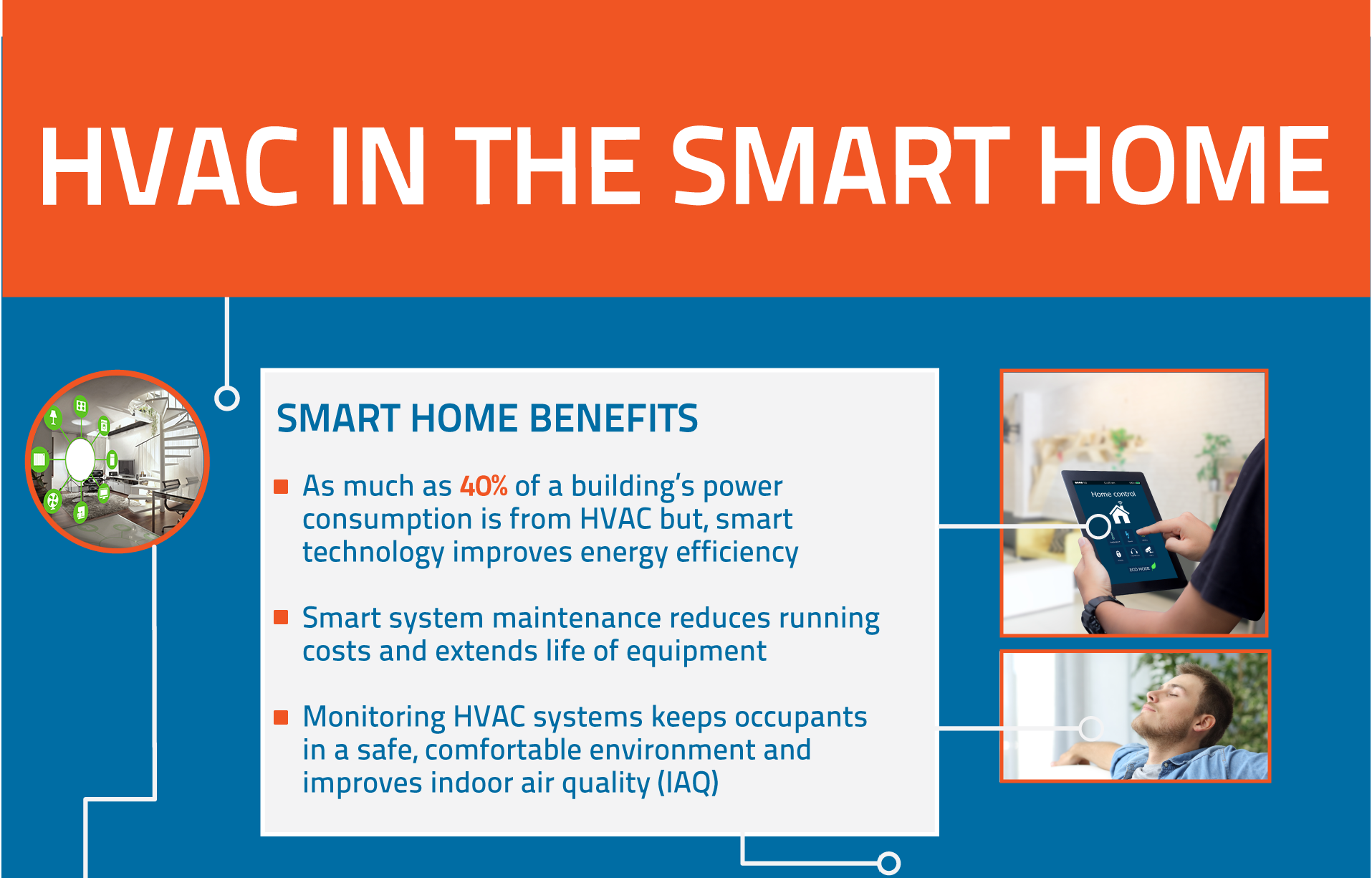The Ultimate Guide To Understanding Warm Pumps - Exactly How Do They Function?
The Ultimate Guide To Understanding Warm Pumps - Exactly How Do They Function?
Blog Article
Material Author-Whitfield Montoya
The very best heat pumps can save you significant quantities of money on power bills. They can also help reduce greenhouse gas emissions, especially if you utilize electricity in place of fossil fuels like propane and home heating oil or electric-resistance heating systems.
Heat pumps work quite the like ac unit do. This makes them a viable option to typical electric home heating unit.
How They Function
Heat pumps cool homes in the summer and, with a little aid from electrical energy or gas, they supply several of your home's home heating in the wintertime. They're a good choice for people who want to reduce their use nonrenewable fuel sources yet aren't all set to change their existing heater and air conditioning system.
They rely upon the physical reality that also in air that seems too cold, there's still power present: warm air is always moving, and it intends to move into cooler, lower-pressure atmospheres like your home.
The majority of power STAR certified heatpump operate at near to their heating or cooling capacity throughout the majority of the year, decreasing on/off biking and conserving power. For the very best efficiency, concentrate on systems with a high SEER and HSPF score.
The Compressor
The heart of the heatpump is the compressor, which is also known as an air compressor. This mechanical moving device utilizes possible energy from power creation to enhance the stress of a gas by lowering its volume. It is various from a pump in that it just services gases and can not collaborate with liquids, as pumps do.
Climatic air goes into the compressor through an inlet valve. It travels around vane-mounted arms with self-adjusting length that split the inside of the compressor, creating several cavities of differing size. The blades's spin forces these tooth cavities to move in and out of stage with each other, compressing the air.
The compressor pulls in the low-temperature, high-pressure cooling agent vapor from the evaporator and presses it into the hot, pressurized state of a gas. https://drive.google.com/drive/folders/1019ORns6pjOaHvLT24lhPI8vCwd1p-yv is repeated as required to provide home heating or cooling as called for. The compressor additionally has a desuperheater coil that reuses the waste warm and adds superheat to the refrigerant, transforming it from its liquid to vapor state.
The Evaporator
The evaporator in heatpump does the same point as it carries out in fridges and ac system, changing liquid cooling agent into a gaseous vapor that eliminates heat from the room. Heat pump systems would certainly not work without this essential tool.
This part of the system is located inside your home or structure in an interior air trainer, which can be either a ducted or ductless device. It includes an evaporator coil and the compressor that compresses the low-pressure vapor from the evaporator to high pressure gas.
Heatpump absorb ambient warm from the air, and after that use power to move that warm to a home or organization in heating mode. Link Website makes them a lot a lot more energy efficient than electric heating units or heating systems, and because they're utilizing tidy electrical energy from the grid (and not shedding gas), they likewise produce far fewer emissions. That's why heat pumps are such excellent ecological selections. (As well as a massive reason that they're becoming so popular.).
The Thermostat.
Heat pumps are great choices for homes in cold climates, and you can use them in mix with conventional duct-based systems or even go ductless. They're a fantastic alternate to nonrenewable fuel source furnace or standard electrical heating systems, and they're a lot more lasting than oil, gas or nuclear heating and cooling equipment.
Your thermostat is one of the most essential part of your heatpump system, and it works very differently than a traditional thermostat. All mechanical thermostats (all non-electronic ones) work by utilizing substances that alter size with increasing temperature, like coiled bimetallic strips or the broadening wax in an automobile radiator valve.
These strips include 2 various types of steel, and they're bolted together to develop a bridge that finishes an electric circuit attached to your heating and cooling system. As the strip gets warmer, one side of the bridge expands faster than the other, which triggers it to flex and signify that the heating system is required. When the heatpump remains in heating mode, the turning around valve turns around the circulation of refrigerant, so that the outdoors coil now works as an evaporator and the interior cyndrical tube becomes a condenser.